2026-01-05 01:00:00
This post on Twitter is notable:
This guy literally builds a full AI app from scratch in 45 mins
First off, the app is not super useful and there is a lot of work to be done before this is ready for production, but hey, it’s still quite a result for 45 minutes of work. And in fairness, this is consistent with what I've experienced in developing software over the past year…it's amazing how fast you can go from "I have an idea" to "I have a functional piece of software" in a matter of minutes.
What I will say is that if anyone can crank out software like this is 45 minutes, then that software is not particularly valuable anymore. This goes along with my takes on other creative work I've shared over the past couple years: people appreciate things that took effort. Also, in business, if anyone can make what you made in no time, then suddenly you have thousands of competitors, so you need to differentiate yourself from the flock, and you do that by putting in extra care and effort.
2026-01-04 23:54:29
Bryan Cantrill: Love your customers
At Oxide, we believe that the best companies—the most enduring ones—love their customers, and we have made this explicit in our mission.
I had a mentor years ago tell me, "don't fall in love with the product, fall in love with the problem" and that's really stuck with me years later. To build a successful product, you need a monopoly.
Ahem…
If you aren't fortunate enough to have a monopoly, you need to solve people's problems, and as a product or design person, you need to be obsessed with advocating for those users and solving their problems. You can consider business needs as well, of course, but if you ever lose focus on being the advocate for your customers, you're down a bad road.
2026-01-04 23:30:00
Reddit user jess77x made this comment about Pluribus:
The discourse around this show is so weird. It's either a masterpiece or a total slog. And everyone is just talking past each other and calling people illiterate/TikTok brained for disliking it or pretentious shills for liking it. And it's a shame because engaging with this show, the ideas presented in it, and how the show goes about exploring those ideas (for better and for worse) could be so interesting, yet so much of this discussion is centered around this unproductive binary.
They say this is a weird thing about the discourse around this show, but I'd say this is how the discourse is around every piece of media these days. I continue to think that social media warps our minds by rewarding and therefore encouraging extreme takes. You either loved something or your hated it, nuanced options like, "I didn't like all of it, but there was enough there for me to enjoy" doesn't exactly pop off on socials, you know?
The only other possibility I could credit to this "it's either the greatest thing of all time or it's trash" dichotomy I see is due to the fact there's just so much media for us to participate in these days that anything short of great is not worth our time. Why would I waste my time watching a show that's "pretty good" when there are 10 "amazing" shows released each year? Maybe there's something here, but given the amount of "trashy comfort food" media we all consume, I'm not convinced by that.
2026-01-04 03:21:43
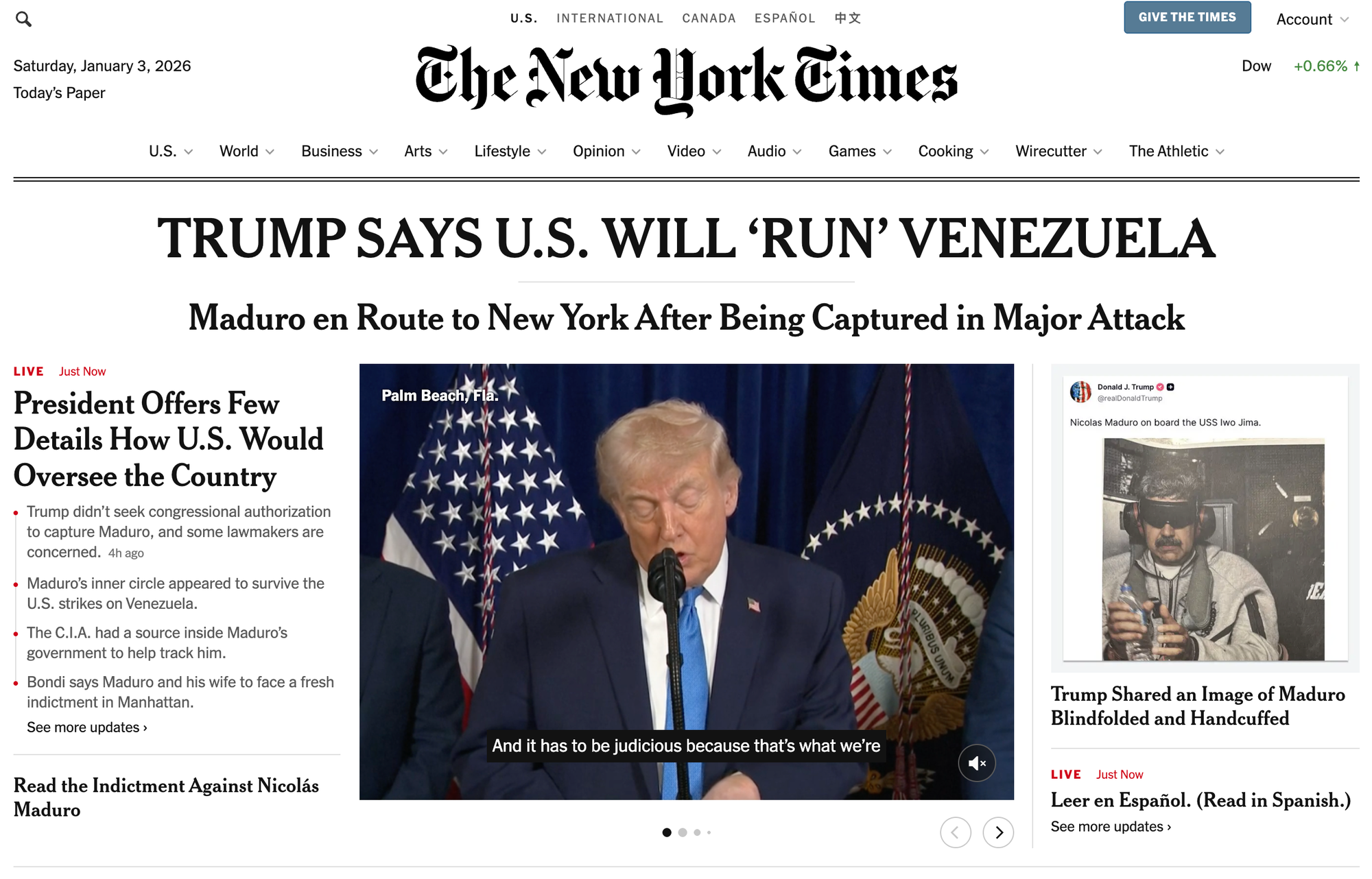
Anatoly Kurmanaev and Tyler Pager with live updates for The New York Times: Explosions Are Reported in Venezuela’s Capital
While Mr. Trump said little about how the United States would be “running” Venezuela, he insisted it “won’t cost us anything” because American oil companies would rebuild the energy infrastructure in Venezuela, which holds vast reserves of oil.
Every part of this is positively fucked.
2026-01-03 21:20:16
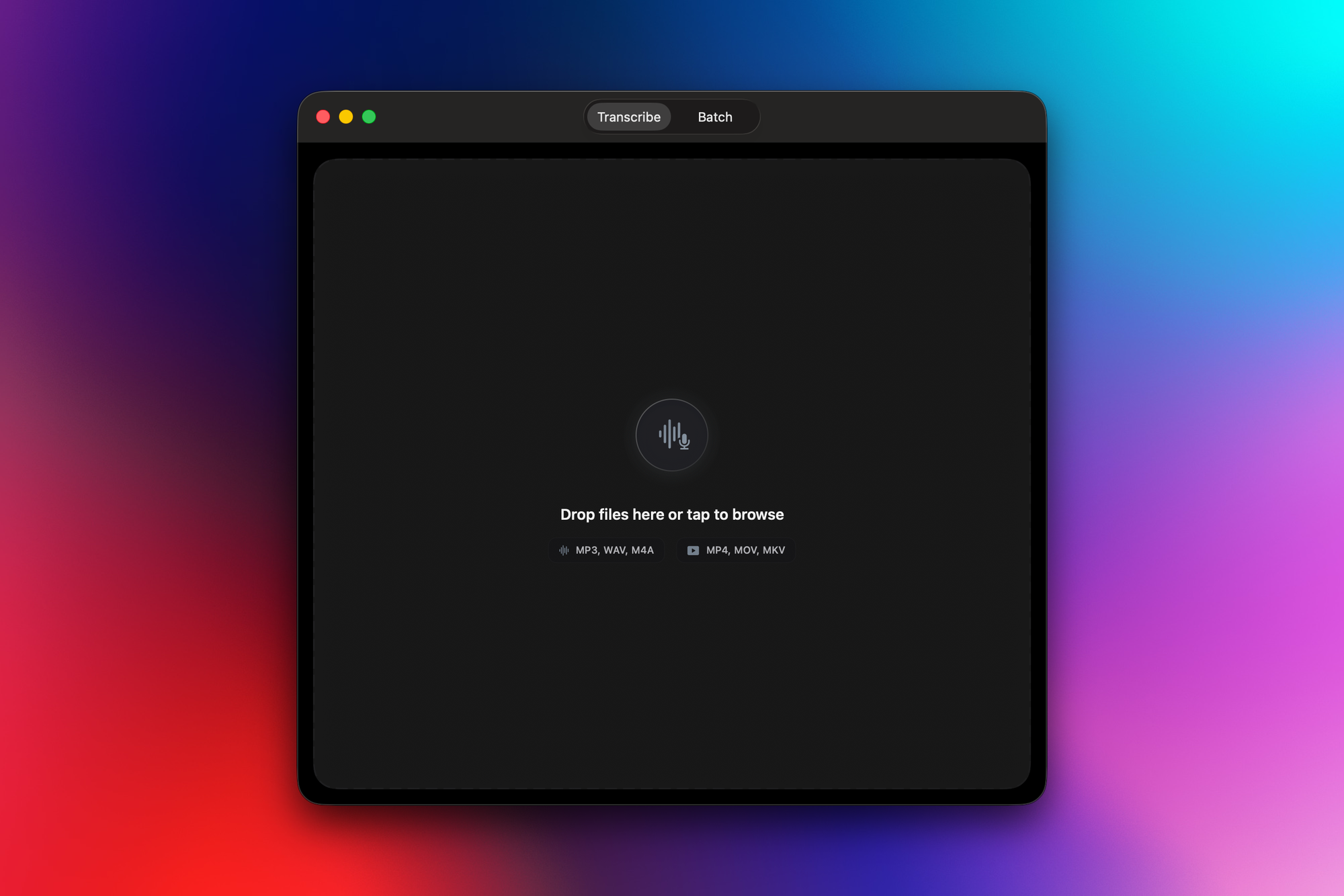
Quick Subtitles has yet another update out now, which brings a few new features to the mix.
First up is a slightly refreshed UI. This is mostly a new coat of paint across the interface. The iPhone UI home page, for example, now uses all the available space to make it as simple as possible to perform the main task.
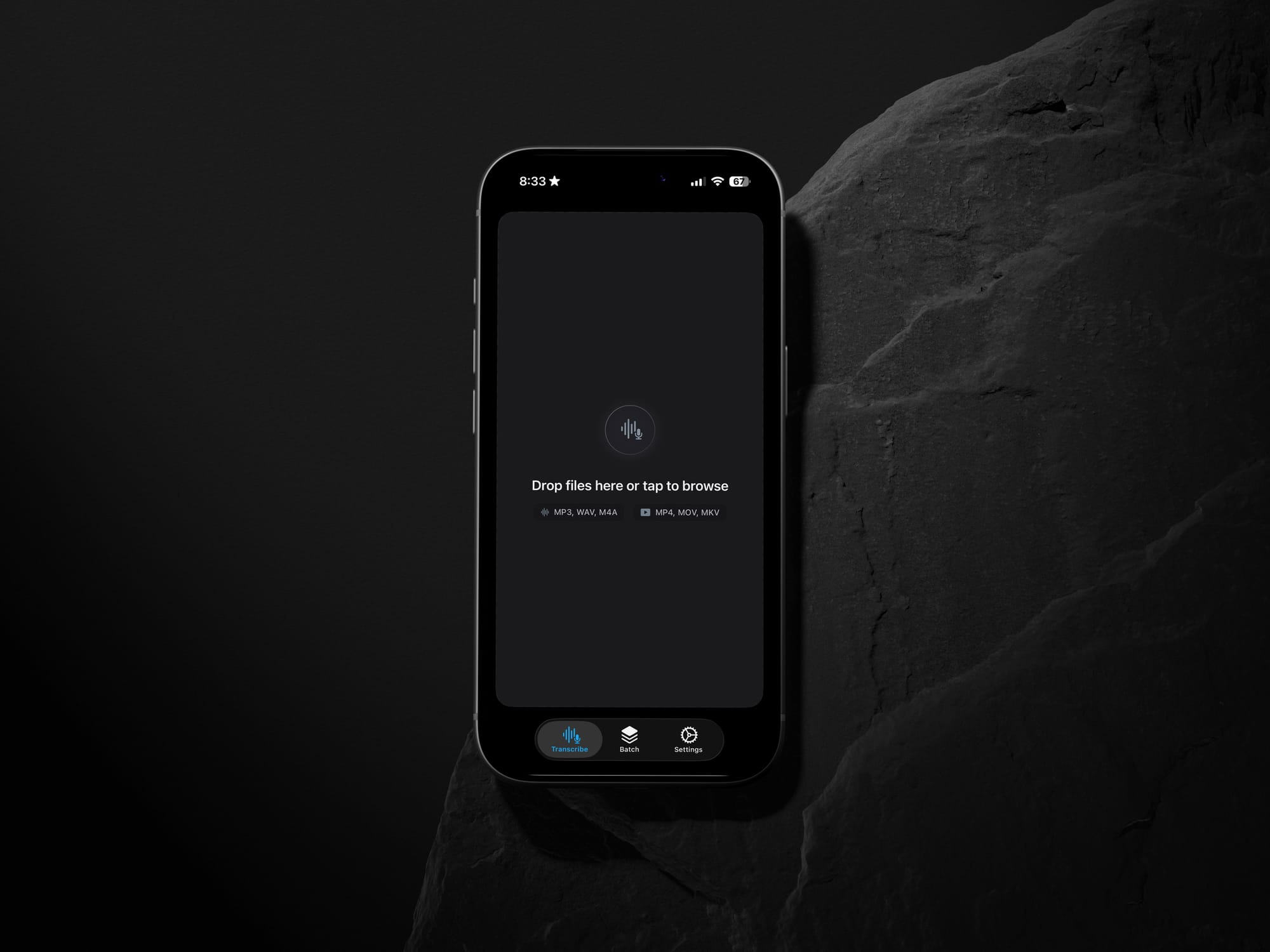
Also, this update removes turbo mode…or I should say, it's all turbo mode all the time. My analytics show very few people used it, which makes sense; watching the text render in real time is fun a couple times, but is it worth slowing down the whole thing? Probably not.
You'll also see this in the new settings page, which gives you more of an overview of all your settings at a glance.
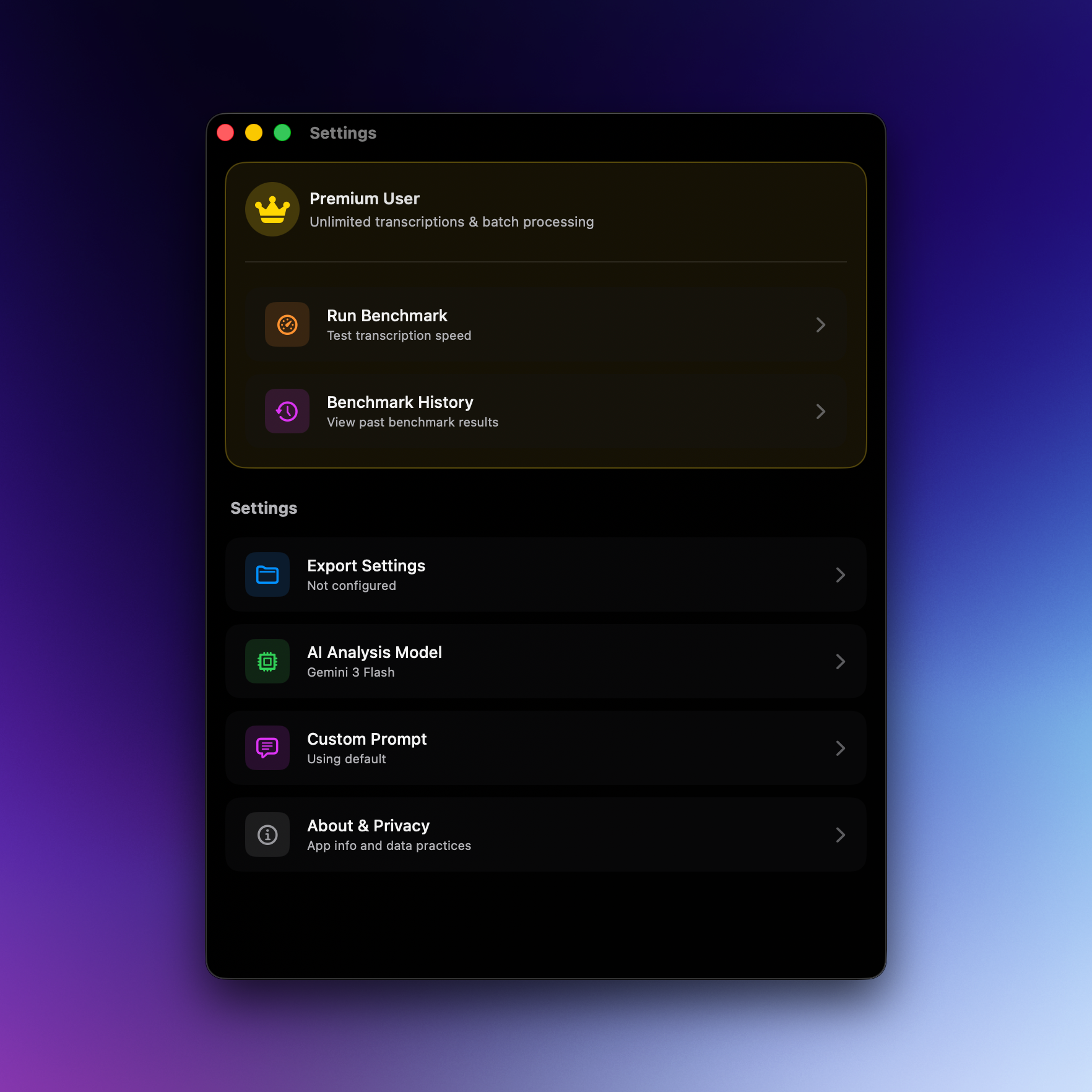
The last update brought a benchmark feature, and this time we’ve leveled this up to be a more serious tool for benchmarking devices.
The core feature here is that the app now saves your benchmark results (locally, of course) so you can go back and look at them later. This means I can present a basic chart in the app, comparing the results, and maybe more importantly, the data is downloadable as a CSV.
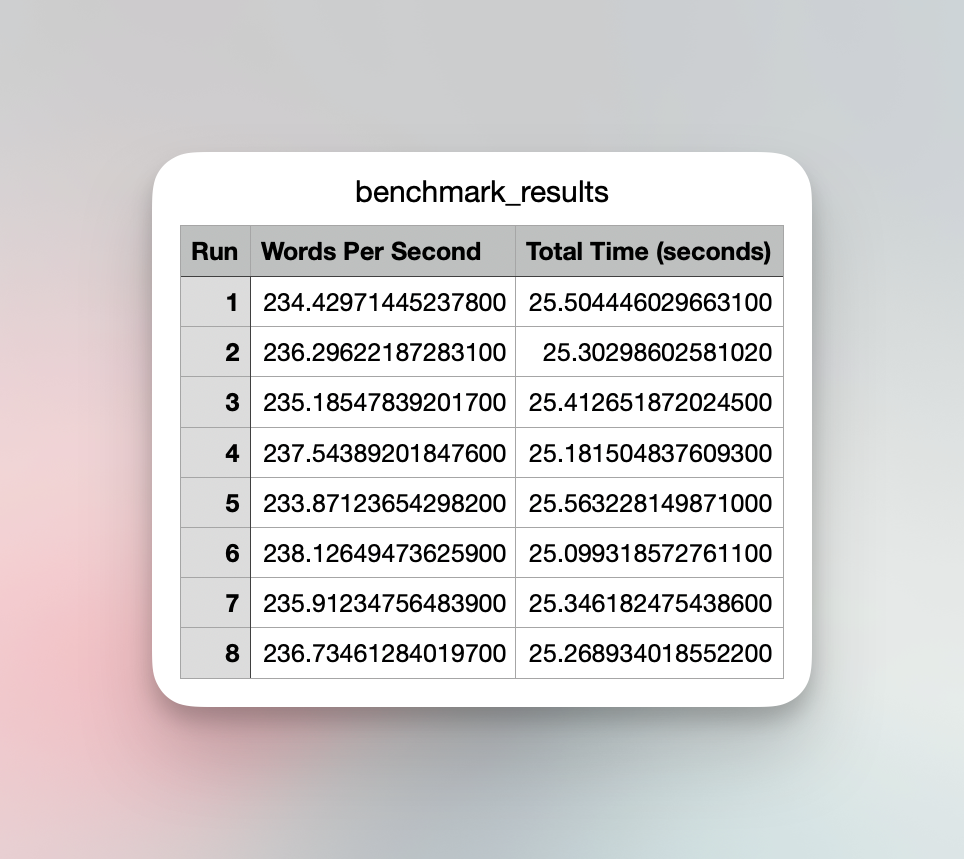
After you run a benchmark, I'll show you a chart in the app, but you can also export the data as a CSV so you can visualize it however you want.
Additionally, all benchmarks are saved locally to the app, so you can go back see how they compare.

Anyway, it's pretty basic, but benchmarks are best when they're done multiple times, so making this easy to visualize was an important thing to get in there. And again, if you don't like this visualization, the data is yours, so export those CSVs and get to it! Also, a minor update will come out soon that lets you download your full history at once in case you didn't download after each run.
Then we're got an update on stats, which have been tucked behind a little "stats" button after a job is complete.

This isn't super useful most of the time, but if you're a sicko for stats (like me) then this is fun to check out.
And yes, I believe in all features on all platforms, so of course these are on the iPhone and iPad as well.
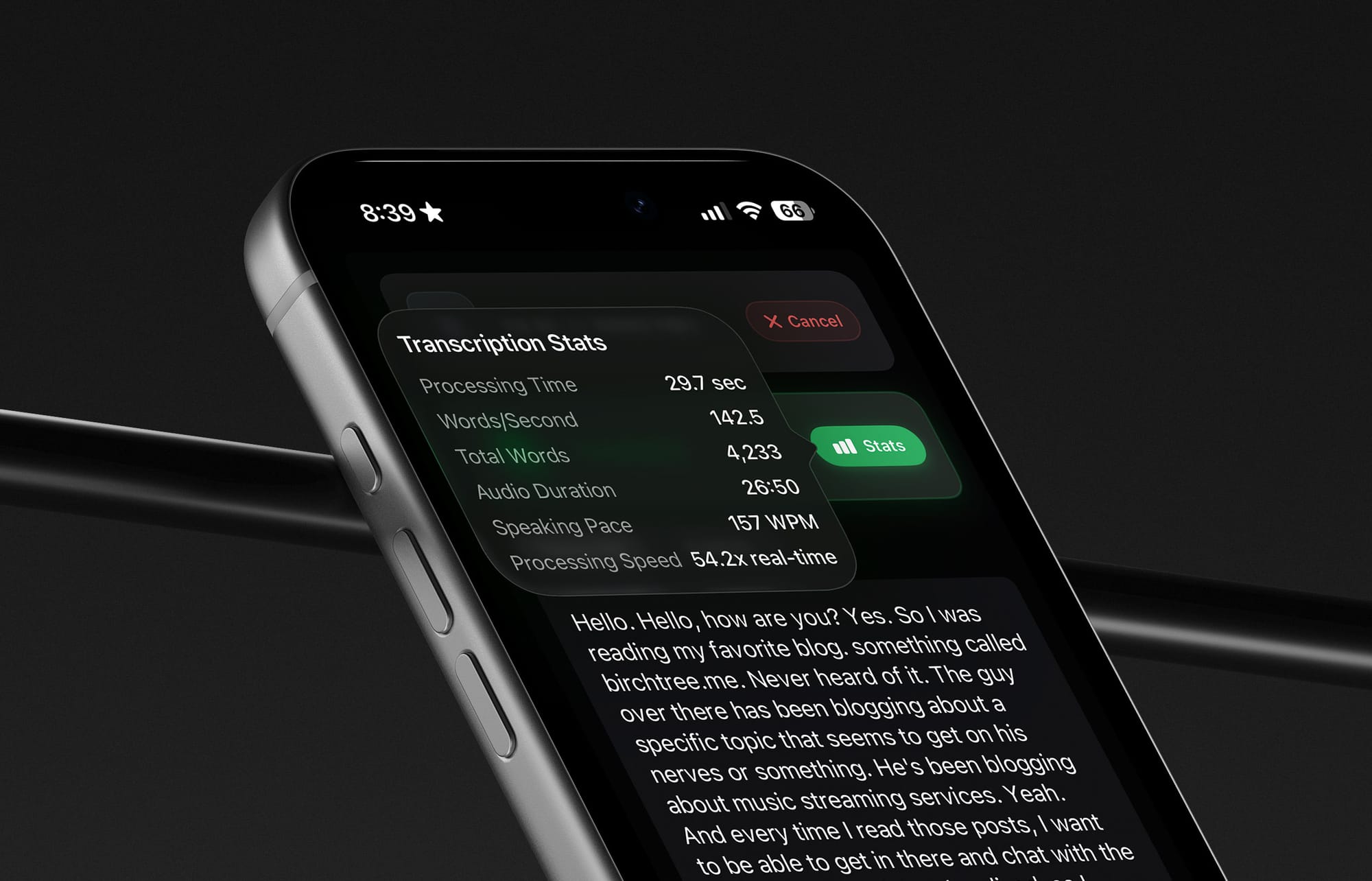
I'm really happy with how this app has developed so far, and I'm still amazed how much work I'm able to do on this so quickly. As a reminder, the tools to run local transcription on Apple devices was announced in June 2025 and released in September. All of this progress has happened on such a small timeline, and I'm really happy that I and a good number of other people making podcasts and videos are using this regularly to do real work.
2026-01-01 03:10:45
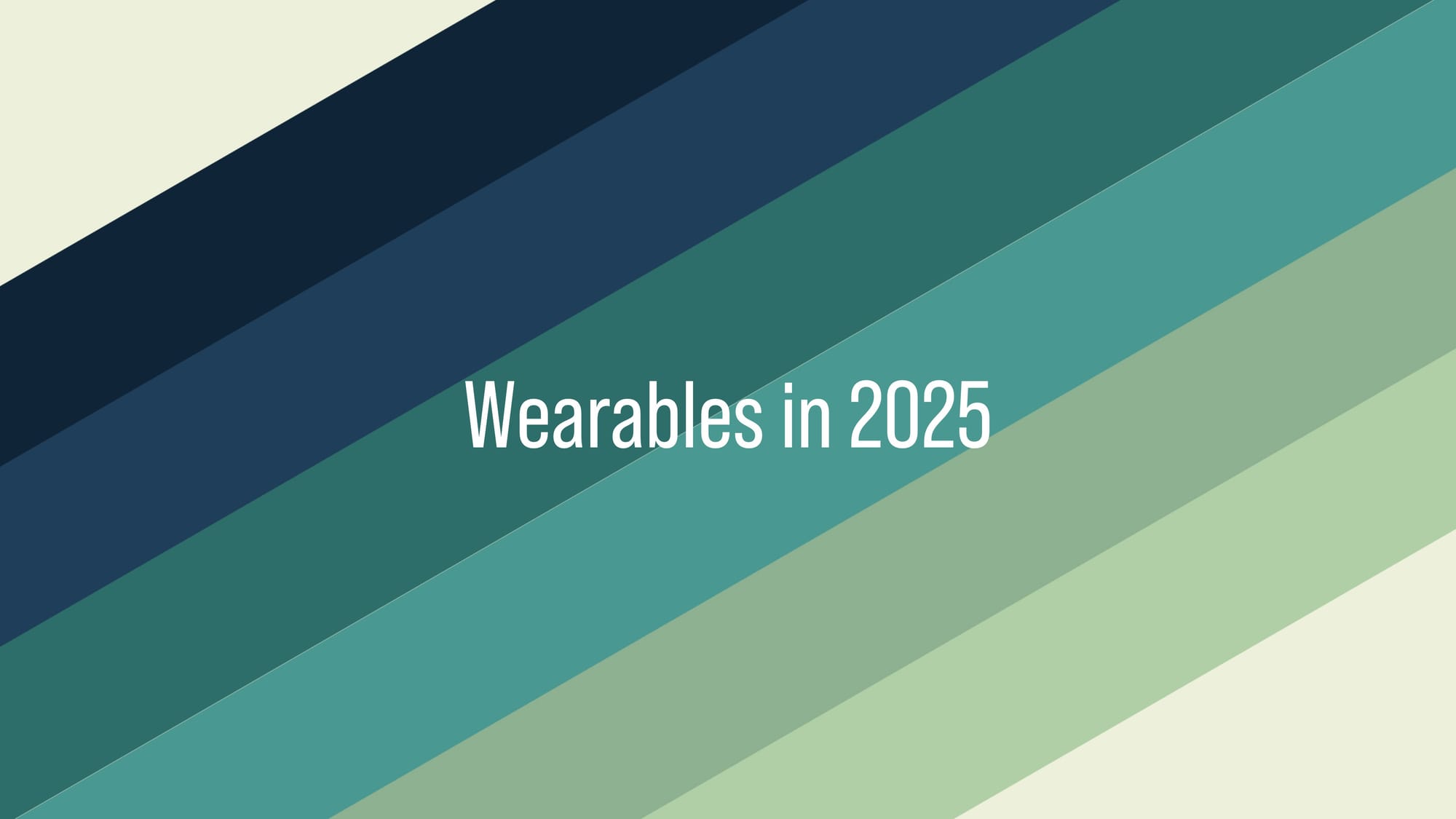
This is the fifth and final in a series of posts reviewing Apple’s 2025 across their major product lines. You can also read my wearables (only Apple Watch) 2024 and 2023 report cards.
We got new AirPods Pro this year, and this third generation has proven to be a little more divisive than the last couple, at least from what I can see. The functionality seems very good, and by all accounts, they are the best, easiest-to-use noise-cancelling earbuds for basically anyone (doubly so if you have an iPhone).
The one issue that people seem to have with these, myself included, is the fit. For a some number of people, they just don't feel good in the ears. Personally, they are the first Apple earbuds of any variety that didn't fit my ears well. It's impossible to know the scale of how many people have actual discomfort with these, and I'm totally willing to accept that I am in the minority of users here, but I do get the impression it's the first time it's ever been a meaningful storyline about an AirPods Pro release that they are uncomfortable for people. All that said, if they fit in your ears, they're pretty awesome.
Taking a moment to talk about the rest of the lineup, I think this was actually a pretty good year as well. The AirPods Pro 2 got numerous firmware updates throughout the year, including a substantial update when the Pro 3s came out which gave them the live translation feature heavily advertised with the new model. Yeah, the flagship feature of the new AirPods is also in the old ones. You love to see it.
Meanwhile, we didn't get any updates to the normal AirPods or the AirPods Max. However, on a personal level, I did get some regular AirPods for Christmas, and I've been using them for about a week now. I gotta say, these are pretty great. The noise cancellation is surprisingly good for headphones that don't have a silicone tip, though obviously not as good as the Pros. They feel so comfortable in my ears and they support the head nod and shake gestures, which I appreciate. Unfortunately, while you can squeeze the stems to play/pause and change modes, you can't swipe up and down on them to change the volume. That's the one aspect of the Pros I miss when using these.
As for the AirPods Max? No updates, and they remain on a very old chip, meaning no firmware updates to bring them these new features. It remains a tough spot for Apple's most expensive AirPods.
Do we have a new champion for the smallest year-over-year Apple Watch upgrade? I've scoured Apple's comparison page, and the only genuine change I see is the cellular connectivity, which upgrades from LTE to 5G. The chip is the same, the screen is the same; everything else in this device is the same as you had last year.
The one thing that might tempt you to upgrade is the increased advertised battery life from 18 hours to 24 hours, but a quick look at the testing methods indicates Apple is now counting six hours of sleep tracking in that metric. Based on my use of the Apple Watch, I would suspect the old model technically achieved 24 hours as well, Apple just didn't count it because they didn't count sleep in the number. I could be wrong, but it seems as though the battery life is going to be effectively the same between the Series 10 and 11.
The Ultra 3 is a pretty similar situation, although there are a couple of upgrades here worth mentioning. The first is the updated display, which adopts the wide viewing angles that the Series 10 got last year. Nice, but subtle. It also gets Emergency SOS via Satellite, while the last Ultra only got Emergency SOS on traditional cell networks. Finally, it gets 5G and is upgraded to the S10 SiP that the Series 10 got last year, and the Series 11 stuck with for a second year.
Similarly, the battery promise is 6 hours more than before (42 vs 36 hours), and this is similarly due to counting 6 hours of sleep tracking. This is something the Ultra 2 already achieved, it just wasn't a part of their metrics.
Speaking for both the Series 11 and Ultra 3 marketing, I'm of two minds here. Number one, I think Apple has undersold the battery performance of these watches for many years, and including sleep tracking is fair, in my opinion. The problem is that this change makes it appear to customers like the battery got way better this year, even though it stayed effectively the same.
The unexpected hero of the Apple Watch updates this year is the new SE, which I think has graduated from "the budget model with big sacrifices" to my default recommendation. The upgrades begin with the chip, which is the S10, just like the Series 11 and Ultra 3. It also gets 5G, wrist temperature sensing, sleep apnea notifications, and critically, the always-on display—which the Series watches have had since the Series 6. It probably won't be a big deal to most people, but they've also bumped the internal storage to 64GB, doubling the previous SE and matching the high-end watches.
And they've done all this while keeping the base price the same at $249, or $150 cheaper than the cheapest Series 11 model.
There are still some things you get with the Series 11 that you don't with the SE 3, such as the improved wide-angle display, hypertension notifications, ECGs, and water temperature sensing. If you want those features, then the extra money is probably worth it (or a used Series 10). But if those don't intrigue you, then I think the SE 3 is a pretty great smartwatch for a lot of people.
A C grade may seem harsh, but just a reminder that a C is average with my review scale. It's still a passing grade. Don't worry! Call it a C+ if that feels better.
The update to the Ultra 3 was pretty minimal, but the update to the latest chipset and improved display are both welcome. But the Series 11 update honestly doesn't make any sense. It feels very much like they iterated the product just because they'd done it 10 years in a row and it would look weird if they didn't, but they obviously didn't have anything new of note to put in there.
The bright spot in the hardware this year was the SE 3, which I think is great on two fronts. The first is that it's a genuinely good upgrade to the SE 2, so people who are using that watch and would like to upgrade have a logical and very good device to purchase. I also think it's good because it drives down the effective starting price of the Apple Watch for most people. The SE was clearly a budget device before, and I would only recommend it to people who could not afford the Series watches or for kids who just need a watch, not the best watch. Now, I genuinely think it is the right choice for a lot of people, which means the entry-level price to the Apple Watch experience just dropped by $150, which is unusual in current Apple where everything needs to get more premium and therefore more expensive.
On the software front, watchOS wasn't a huge update, and I think the company is still fixing some of the UX challenges they created for themselves in last year's update. So I think there's some good and some bad here. Along with visionOS, I think Liquid Glass actually works pretty well on the watch, even if sometimes it does feel a little bit odd on my otherwise rugged Ultra's physical design. I also generally like the new Workout Buddy, sleep analysis, and wrist flick features, although I do find the new workout app UI a little frustrating. The touch targets for things such as starting a workout have been made smaller, and the app is less stable than it was. This has been true throughout the beta as well as after the public release.
There's a lot of individual product lines here, so let's be quick about it. On the AirPods front, I am not expecting any new hardware for either the normal AirPods, AirPods Pro, or AirPods Max. If you told me one of them was definitely getting an upgrade and I had to pick, I'd guess the Max would get a proper second generation that does more than simply swap the Lightning connector for USB-C. Again, I'm still not confident this will happen, but if we're going to get any AirPods upgrades, that's what I'd pick.
On the Apple Watch front, I do not expect an SE 4, but I do expect a Series 12 and Ultra 4. How much of an upgrade they'll be remains to be seen. I think a safe bet is to say they'll get new chips for the first time in a couple of years, and the Ultra may change. Maybe the Series will even get something new in terms of materials.
In terms of what I want from new Apple Watches, I'd love to see a new health sensor enter the mix, maybe something around blood sugar. And on the software front, I'd like to see my workout trainer feature become a reality. I'd love to see the workout app get improved from what they released this year.
And this is a real shot in the dark, but I'd love to see Apple experiment with new liquid materials in their OS. I mentioned the odd disconnect between the lightness of Liquid Glass and the ruggedness of the Ultra 3's physical design, and I think it would be cool if they made a "Liquid Metal" UI material that behaved the same, but was opaque and had more of a silver tint than the glass material. Hell, if it works here, maybe it could come to the other platforms as well, but the scope of that change is much more manageable and low risk on the watch, so let's start there.
And that's that! Five report cards and about 8,700 words reviewing Apple's 2025. In general, I think it was a conservative but effective year for hardware, and a tough year for software.
I do not see any evidence that the "apocalypse" some were suggesting was coming when the general public got their hands on this new design has happened (the most chronically online are the most enraged, while the normal people in my life are unbothered, and there has been nothing nearly as viral online as the Photos app redesign from last year). However, I do think that the usability problems are real and that there's a general sense that will build over time that this new design system isn't as good as what we had before.
Here's to a 2026 with new iPhone and Mac form factors, with more ProMotion displays in iPads, for Apple Watch updates that feel like actual upgrades, and new software design leadership that makes serious moves to clean things up.
Cheers!